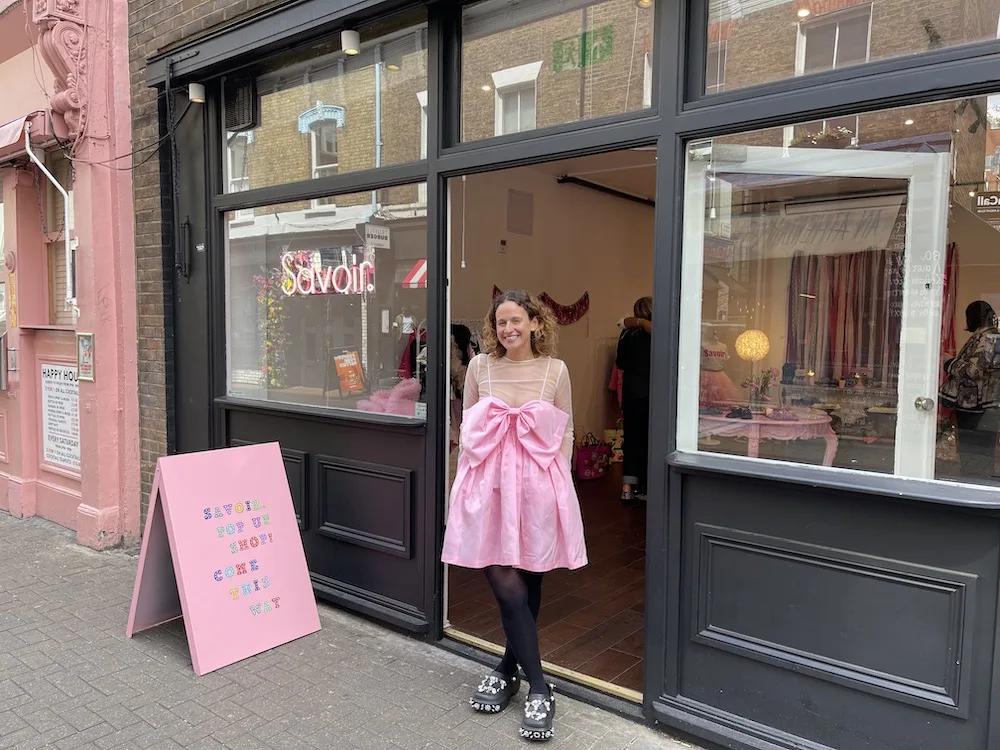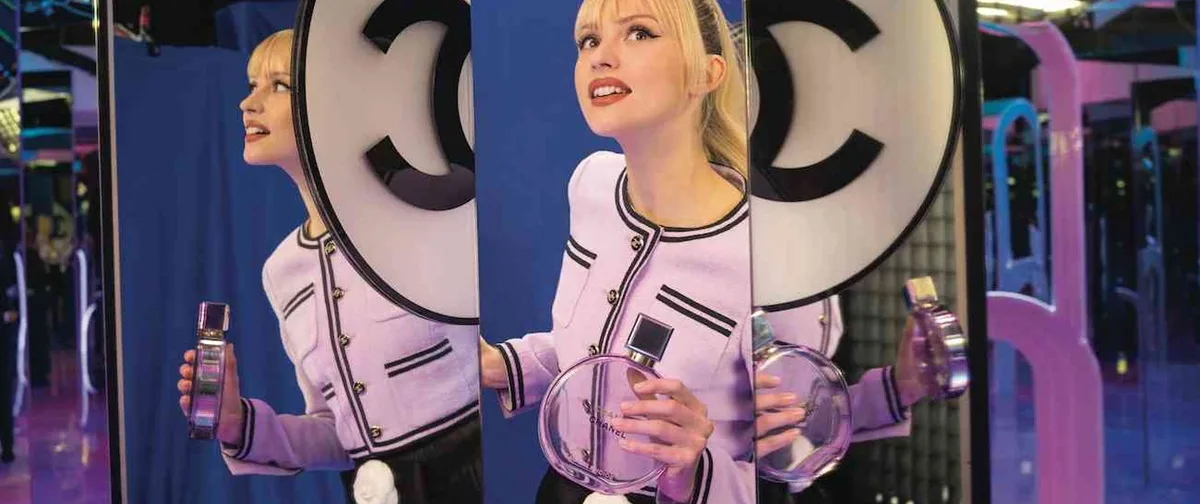Argentine-born Julio Le Parc is a major figure in art history. As a leading experimental artist, precursor of Kinetic Art and Op Art, he was a founding member of the Groupe de Recherche d’Art Visuel (GRAV). In 1966, he received the Grand Prize for Painting at the 33rd Venice Biennale and the Konex Award from Argentina in 1982 and 2022. This socially conscious artist was expelled from France in May 1968 after participating in the Atelier Populaire and its protests against major institutions, growing himself a reputation as a major disruptor.
At 94 years of age, he is more in demand than ever, with solo shows being organised by international galleries across the globe, from Paris to Miami, New York to Punta del Este. His work has sold for six figures on the secondary market and belongs in the collections of the Museum of Modern Art, the Tate, the Centre Pompidou, the Guggenheim Museum, the Museo Reina Sofía, the Museo de Arte Contemporáneo de Buenos Aires and the Museum Ludwig as well as in many private collections.
“From the very beginning of my journey as an artist, I would devote between eight and 12 hours a day to my art.”
– Julio Le Parc
With a career that spans seven decades, one can say that Le Parc has done it all. “I’ve never stopped working,” he says with satisfaction. In his early career, he was mostly focused on painting, engraving and creating monotypes. His first exhibition took place at the Bienal de Sáo Paulo in 1957. In 1958, he went to Paris on a French government scholarship and settled there. In what it could be considered a reaction against tachisme (a French style of abstract painting considered the European answer to abstract expressionism), Julio found inspiration in the work of artists like Victor Vasarely and Pete Mondrian and soon (1959) started to experiment with images produced by light multiplied by layers of planes of Plexiglas which resulted in works like Mobil Transparent, 1960 (a translucent cascade of small pieces of Plexiglas flowing from the ceiling).
Julio’s groundbreaking Mobile Transparent (1960) consisted of a translucent cascade of small pieces of Plexiglas flowing from the ceiling.
In 1962, he produced Light in Movement, a multi-sensorial piece aimed at being fully experiential. Visitors would come into a dark semi-circular hallway where light was experienced as a reflection and as a refraction. The piece was made of painted drywall, mirrors, stainless steel, nylon thread and two spotlights. By the time Julio won the Venice Biennale in 1966, one could say he was fully immersed in working and experimenting with light. The fact that he won is quite remarkable, given that the Biennale was a painting competition and none of the pieces Julio presented were paintings.“We wanted to highlight the spectator’s experience, to speak to them, and that’s why together with other artists such as Morellet, Sobrino, Demarco and Yvaral, I founded the group of visual art known as GRAV,” he explains. “It was all about what the spectators saw, without any guidance, so as not to influence their impression of the art they were seeing.”
The idea was very successful so Julio and the other artists in his movement went further experimenting with the viewer. They would try to displace the spectators, get them lost in a multisensorial labyrinth with the help of distorting mirrors, pulsating lights, play-rooms, etc. “We wanted to get them fully involved,” comments Julio, “and we certainly achieved that.” Julio considers this time in Paris as a young artist as key to his artistic development. “When I arrived in Paris, I realised that for the first in my life, I could devote myself 24/7 to being an artist,” he comments, “I could invest all my time in experimenting with visual art.”
“When I arrived in Paris, I realised that for the first time in my life, I could invest all my time in experimenting with visual art.”
– Julio Le Parc
The same year that GRAV was dissolved, 1968, Julio produced one of his most iconic works, Celule Avec Lumière en Vibration. Similar to the Mobil Transparent theme, the intention of this piece was to incorporate light and the sensorial experience of the viewer. A projector displays light on a wall and changes patterns in a rhythmical way that appears to be a vibration. This piece was placed in a separate room by itself to help the viewer enjoy the light and sound as if isolated from the rest of the world.
In the mid 1970s, he started to work on another of his most significant series, Modulation. “The basic theme of this series is waves and the creation of virtual volume,” Julio explains. “I used airbrush paint to obtain shades from dark to clear and a precise modulation of the surface. I found here a new domain of research.” In Modulation 2, Julio introduced colour and took the movement of these works in a way that they seemed to have a life of their own. “In each of my experiments I always try to reduce the number of elements, so the result is clearly in the relation between them rather than in their accumulation.” Overall, the Modulation series comprises hundreds of different works, the most praised of which is probably Modulation 1160, from 2004. The piece is split into quarters, right in the middle from top to bottom, with what appears to be a ray of light, and side to side with a structure that looks like an open fan. This painting gives the illusion of movement of both the light and the fan simultaneously. It appears that the light is actually making the fan move.

Modulation 1160, 2004, considered by many as one of the finest works from the Modulation series.
His appetite for continuous experimentation led to the Alchemy series. “This series was all about playing with surfaces and with perception.” Julio explains, “a natural evolution from Modulation.” The first Alchemy works appeared in 1988, based on small sketches. “I started with repetitive sketches that led to multiple drawings, some of which evolved into small paintings that served as the starting point for bigger pieces.” The most popular paintings in this series are probably Alchemy 175 (1991) and Alchemy 216 (1992), both picked for Julio’s exhibition in Miami in 2011.
Something that caught my attention about Julio’s style of work is the fact that he often works on several of his series at the same time, so pieces of Modulation develop in parallel with Alchemy works, or he may start something completely different from a forgotten sketch from the 1950s which he suddenly finds in a drawer. “I think of new works all the time,” he shares. “You see? Just in the last 40 minutes [the time of our interview] I have been thinking of a new work of art.”

Julio often works on several pieces at the same time from different series or starts something completely new from a forgotten sketch.
The 2010s saw a resurgence in the interest of international museums and galleries for Julio’s work. The exhibition in Miami in 2011 (Alchemist), was followed by a massive retrospective in 2013 at the Palais de Tokyo, organised by director Jean de Loisy, and which comprised 2,000m2 of paintings, sculptures and monumental installations for viewers to immerse themselves in Julio’s art. He reckons that this is simply due to “a new wave of critics that discovered my work and decided they liked it.”
I think he is being modest. In Spain and Latin America he never ceased to be popular, with his work being in constant demand in countries like Mexico, Argentina and Brazil. Just in the last few months, Julio’s work has been the object of two great retrospectives. One of them too place at Gallery RGR in Mexico last November, Julio Le Parc: Visual Encounters, where he presented a selection of seminal and recent works across two-dimensional and three- dimensional pieces, showcasing his dedication to experimentation and research. In this show, five influential series: Surface-Colour (1959 – 2022), Light (1959 – 2022), Continuels-Mobils (1960 – 2022), Displacement (1963 – 2022), and Alchemy (1988 – 2022) were on view. “I have exhibited in Mexico several times, the first time in 1968 at the Museum of Bellas Artes, later at the Museum of Modern Art an exhibition about colour, a third one focused on light, at the Laboratorio de Arte Alameda in Mexico D.F. and several more. In this latest one last November, we introduced virtual reality, with pieces we call Virtual Alchemies.”

The exhibition, Visual Encounters, at the Galería RGR in Mexico last autumn, presented a selection of seminal and recent works by Julio Le Parc across two-dimensional and three- dimensional pieces.
In January 2023, Julio travelled to Uruguay to launch a new exhibition at MACA (Museo de Arte Contemporáneo Atchugarry) in Punta del Este, Quintaesencia. A bit like Visual Encounters, this retrospective explores the vast body of work of the artist from 1958 to the present date, taking the viewer into the artist’s life journey through his experimentation with light, painting, sculpture and immersive experiences.
After seven decades of constant work, there is very little Julio Le Parc hasn’t done, but he is still eager to do new things. These days, Julio’s children assist him in the development of new work and when putting together shows. Working with his kids makes him very proud but he confesses that “at times, it can be a headache”. Yamil takes care of the artistic direction of his exhibitions, Juan is immersed in the development of virtual reality projects, among them a virtual museum and Gabriel is in charge of his father’s archives and all the videography.
There is, however, one thing that Julio Le Parc has never done and would like to do, to be an urban artist. “The problem with that,” Julio says, “is that you have to be commissioned by the city. You can’t just go around a city displaying your work wherever you want. You have to be asked.”
It is with regret that I leave Julio Le Parc. This genius of contemporary art keeps working indefatigably to find innovative ways to invite viewers to interact with the world through his experiential art and I for one, have been completely seduced by both the man and the artist, his charisma and his infectious energy.
Words: Julia Pasarón
Opening picture: Julio Le Parc, Alchimie 492, 2021 Acrylic on canvas 195 x 260 cm. Courtesy Galería RGR, from the exhibition, Julio Le Parc,Visual Encounters, 2022.

















Show Comments +